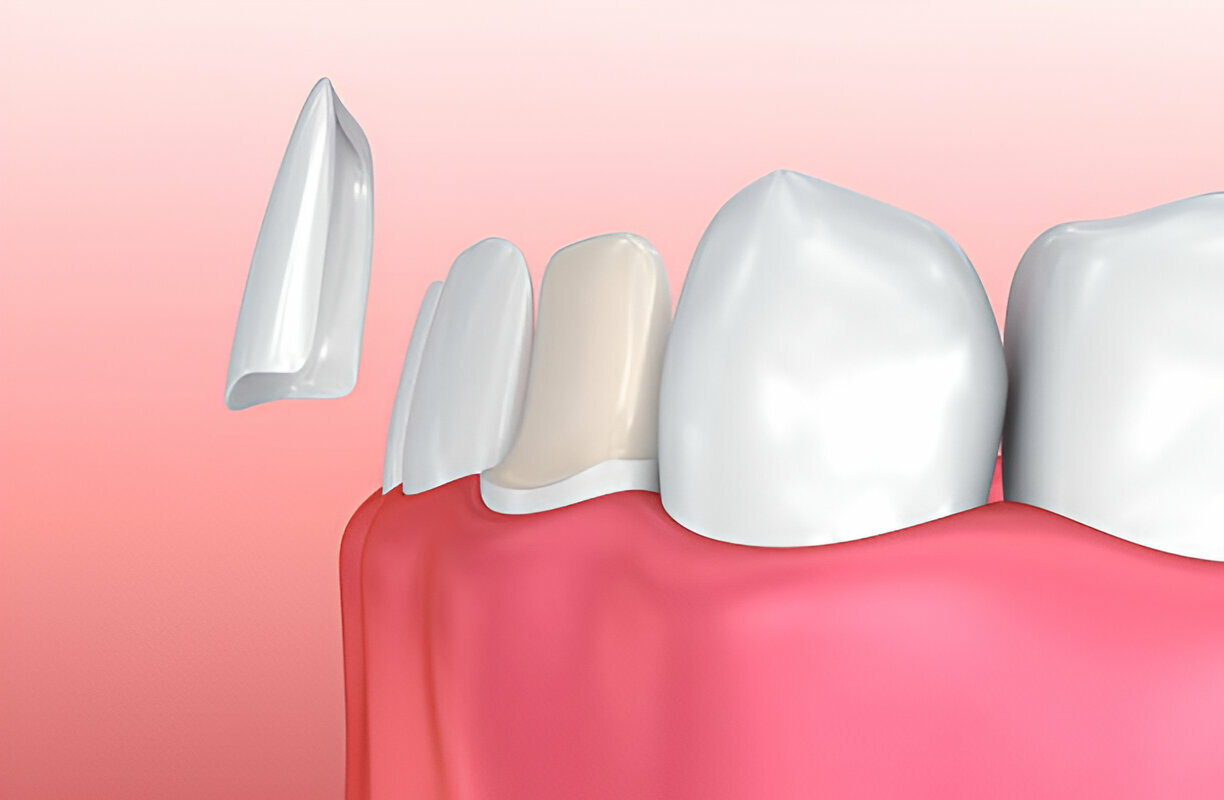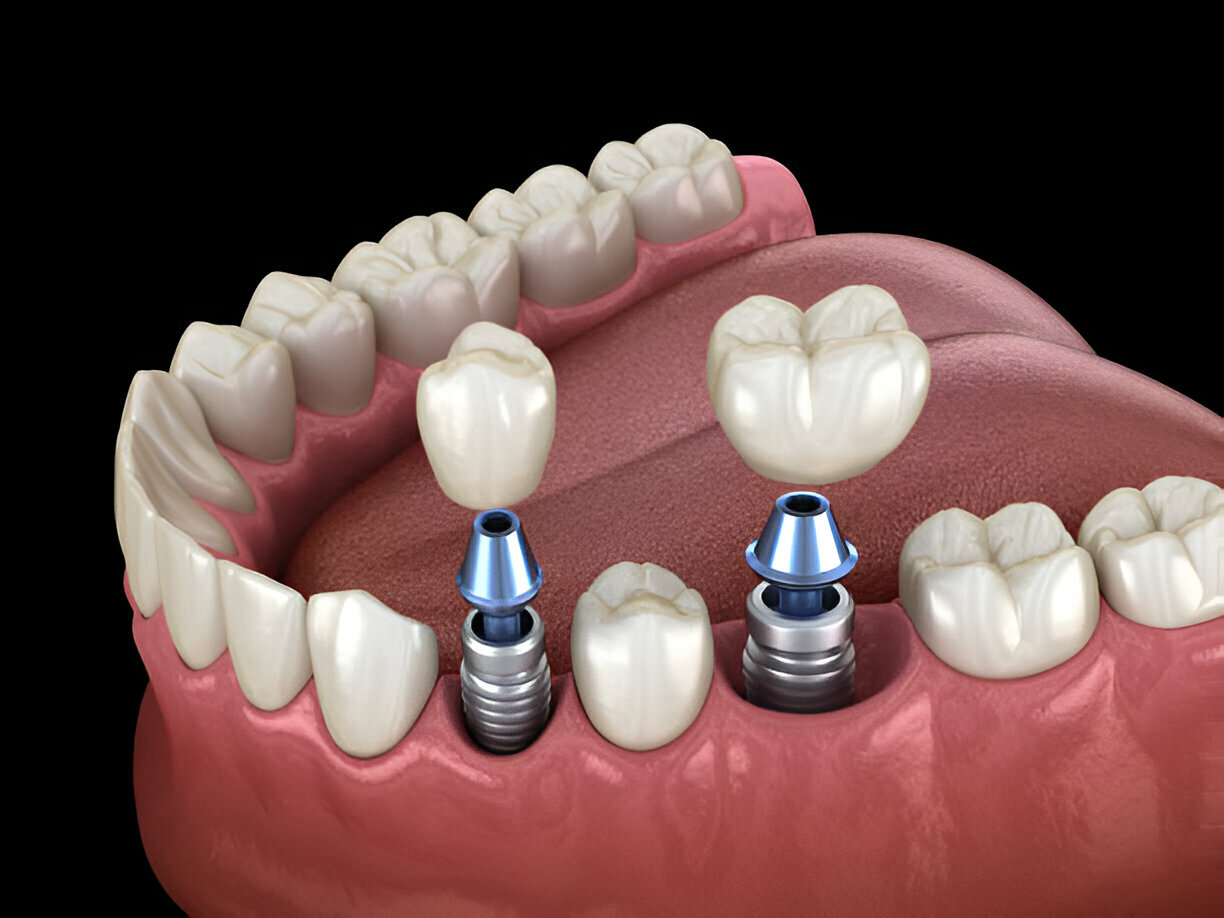A Step-by-Step Guide to the Dental Bonding Process
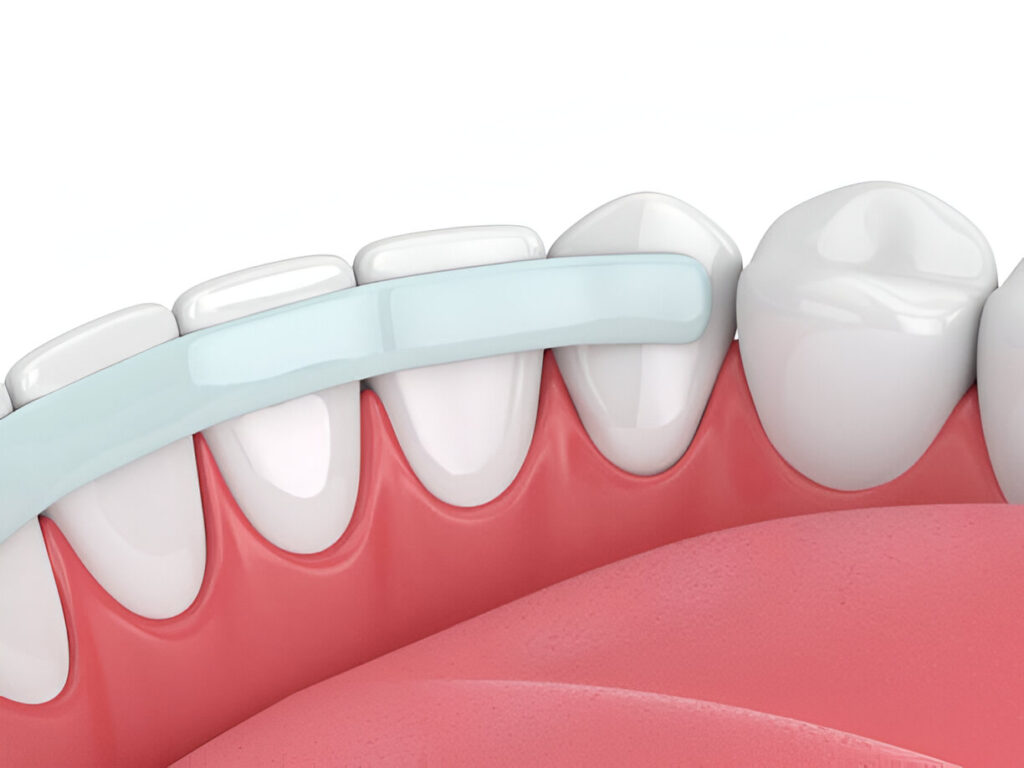
Summary:
Dental bonding is a popular and cost-effective solution for various cosmetic dental issues, including chipped, discolored, or uneven teeth. This guide takes you through Irving, TX’s step-by-step dental bonding process, explaining its benefits, uses, and aftercare. Discover how this non-invasive procedure can transform your smile in just one visit to your local dentist.
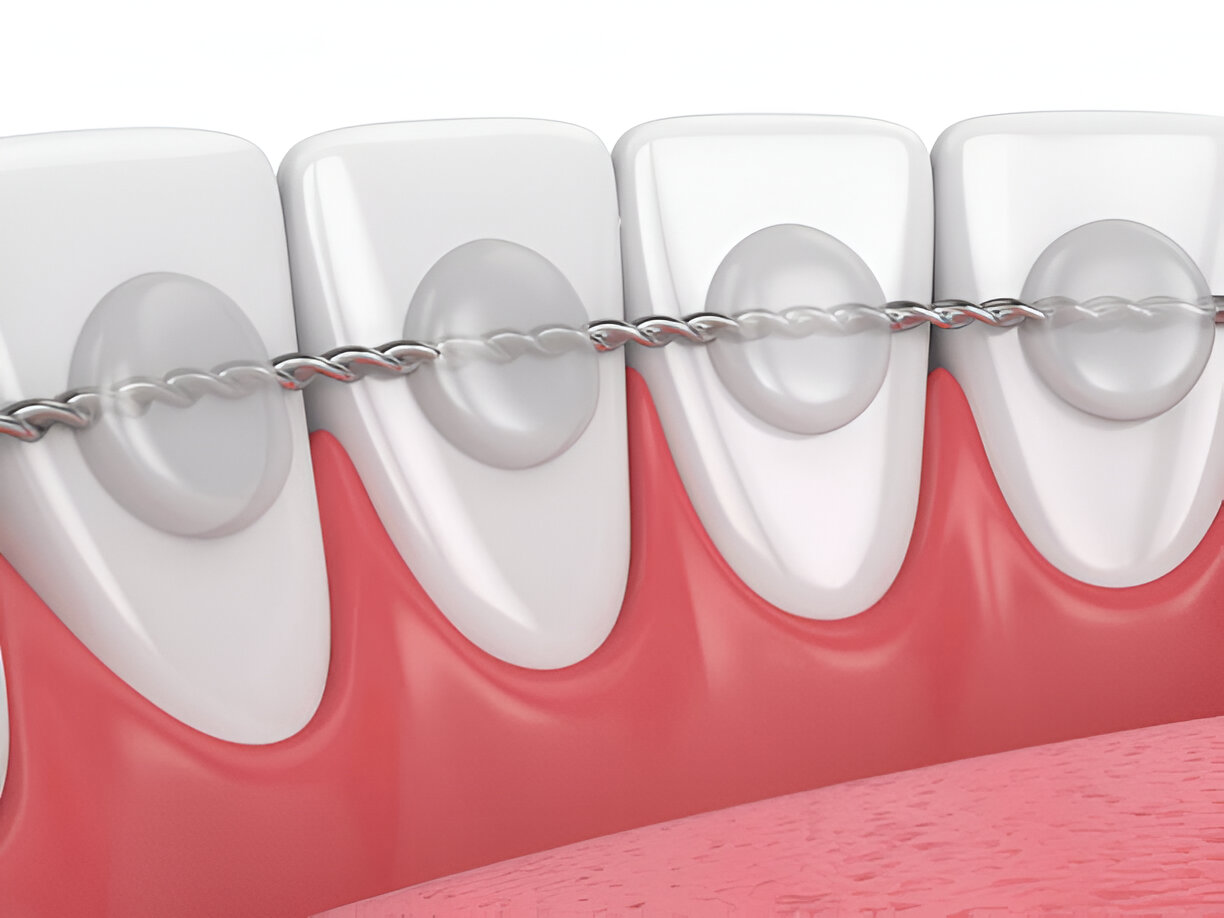
What Is Dental Bonding?
Dental bonding is a simple, non-invasive cosmetic procedure designed to enhance your smile by correcting imperfections such as chips, gaps, discoloration, and uneven teeth. The process involves applying a tooth-colored composite resin to the affected tooth, which is then shaped and hardened using a special curing light. The result is a natural-looking restoration that blends seamlessly with your other teeth.
Why Choose Dental Bonding?
Dental bonding offers numerous advantages for people looking to improve their smile. Whether you have minor imperfections or want to make a noticeable change, bonding provides a versatile, cost-effective solution.
Benefits of Dental Bonding:
- Affordability: It’s less expensive than other procedures like veneers or crowns.
- Time-efficient: Bonding typically requires only one visit to the dentist.
- Non-invasive: Little to no removal of the tooth structure is necessary.
- Natural results: The resin can be color-matched to your natural teeth.
- Minimal discomfort: The procedure is painless, and anesthesia is usually unnecessary.
Stats and Facts:
- Over 80% of dental bonding patients experience noticeable improvements in their smile.
- Dental bonding is one of the most popular cosmetic procedures a dentist performs in Irving, TX, with increasing demand among patients looking for affordable smile makeovers.

The Step-by-Step Dental Bonding Process
Ready to dive into how dental bonding works? Let’s break down the process into simple, manageable steps to help you understand what to expect during your appointment.
- Evaluation and Consultation
Your journey begins with a consultation with your dentist in Irving, TX. During this visit, the dentist will evaluate your dental health and discuss your aesthetic goals to determine if bonding is the best option for you.
Fun Fact: Dental bonding is highly customizable, making it perfect for correcting various issues like chips, gaps, and discoloration.
- Tooth Preparation
Next, the dentist prepares the tooth for bonding by cleaning it thoroughly and roughening the surface slightly. This allows the composite resin to adhere better to the tooth. An acidic gel may sometimes be applied to further etch the tooth’s surface, promoting a stronger bond.
- Resin Application
Once the tooth is prepped, the dentist selects a shade of composite resin that closely matches your natural teeth. The resin is then applied to the tooth in layers, allowing the dentist to mold and sculpt it into the desired shape. Each layer is cured with a special light that hardens the material within seconds.
- Sculpting and Shaping
After the resin is hardened, your dentist will sculpt and shape the bonded material to ensure it blends perfectly with the surrounding teeth. This step requires precision to make sure the bonded tooth looks natural.
- Polishing and Finishing
Finally, the dentist will polish the bonded tooth to give it a smooth, glossy finish that mimics the natural sheen of your enamel. This step is crucial for ensuring the bonded tooth looks indistinguishable from your other teeth.
Applications of Dental Bonding
Dental bonding is versatile and can address various cosmetic dental issues. Here’s a look at some typical applications:
- Repairing Chipped Teeth: The resin material restores the shape and strength of chipped teeth, preventing further damage.
- Filling Cavities: Bonding can replace traditional metal fillings, offering a more aesthetically pleasing alternative.
- Closing Gaps: Bonding can fill small gaps between teeth, creating a more uniform smile.
- Reshaping Teeth: If your teeth are misshapen or uneven, bonding can contour them to the desired shape.
- Whitening Teeth: Bonding can cover discolored teeth that don’t respond well to traditional whitening methods.
Stats You Should Know: Dental bonding is often used as an alternative to veneers. 70% of people choose bonding over veneers due to its affordability and non-invasive nature.
Durability and Aftercare for Dental Bonding
Although dental bonding is less durable than crowns or veneers, proper care can extend its lifespan. With good oral hygiene and regular dental check-ups, bonded teeth can last anywhere from 3 to 10 years before needing a touch-up.
Tips for Maintaining Your Bonded Teeth:
- Good Oral Hygiene: Brush twice daily with fluoride toothpaste and floss regularly.
- Avoid Staining Foods: Limit the consumption of coffee, tea, red wine, and other staining substances.
- Don’t Bite Hard Objects: Avoid biting your nails, pens, or hard foods like ice, which can chip the resin.
- Regular Dental Visits: Schedule regular check-ups to monitor the condition of your bonded teeth.
Fun Facts About Dental Bonding
- Dental bonding was introduced in the 1960s and has evolved with advanced materials and techniques.
- Composite resin is the same material used for tooth-colored fillings, making it versatile for cosmetic and restorative purposes.
- NASA technology contributed to developing the curing light used in the dental bonding process.
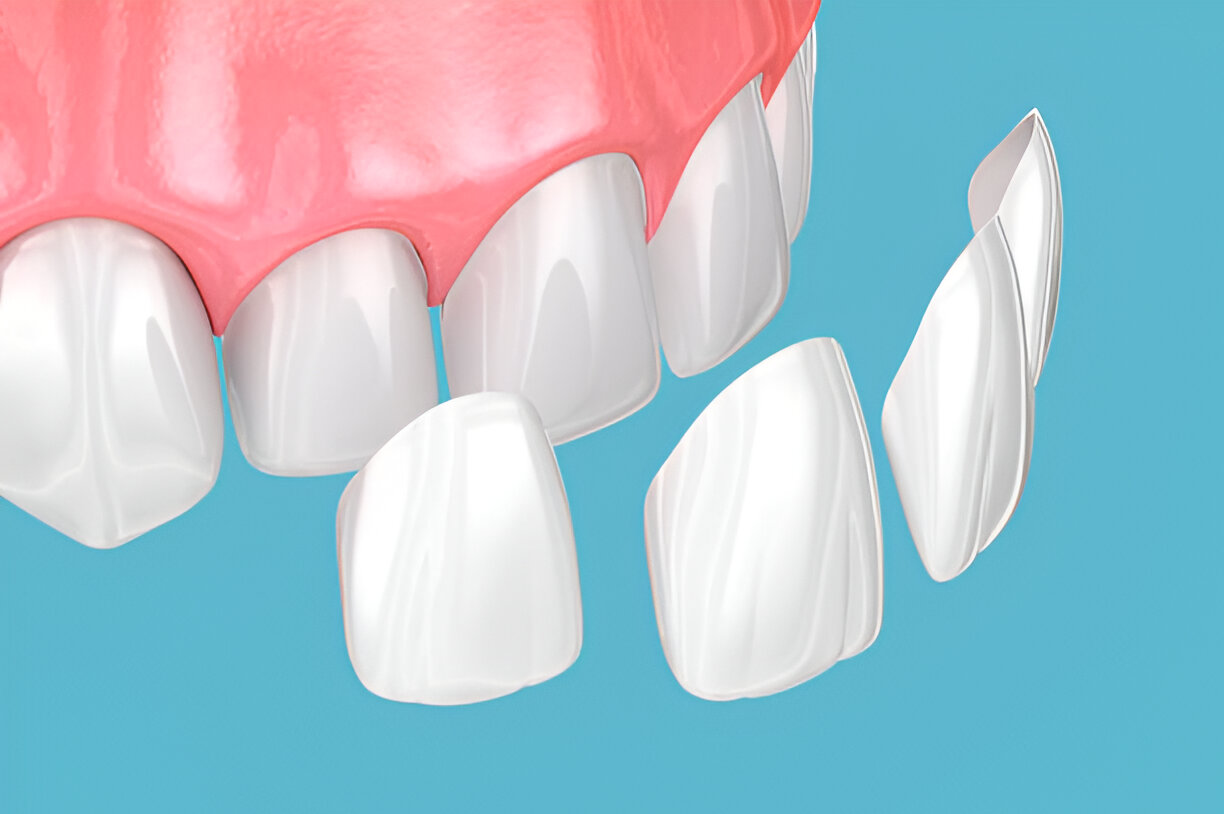
Takeaway: Key Points About Dental Bonding in Irving, TX
Here’s a quick summary of what you need to remember about dental bonding:
- Cost-effective: Dental bonding is a budget-friendly cosmetic dental procedure.
- Non-invasive: Minimal tooth alteration is required, making it less intimidating.
- Immediate results: Most procedures are completed in just one visit.
- Durable but needs care: Proper maintenance can extend the life of bonded teeth.
Ready to Transform Your Smile?
Dental bonding in Irving, TX, could be the perfect solution to enhance your smile without breaking the bank. Whether you need to repair a chipped tooth, close gaps, or brighten discolored teeth, this quick, affordable procedure can give you the confidence boost you deserve.
Don’t wait any longer! Contact your local dentist in Irving, TX, today to schedule a consultation for dental bonding and get one step closer to the smile you’ve always wanted.


